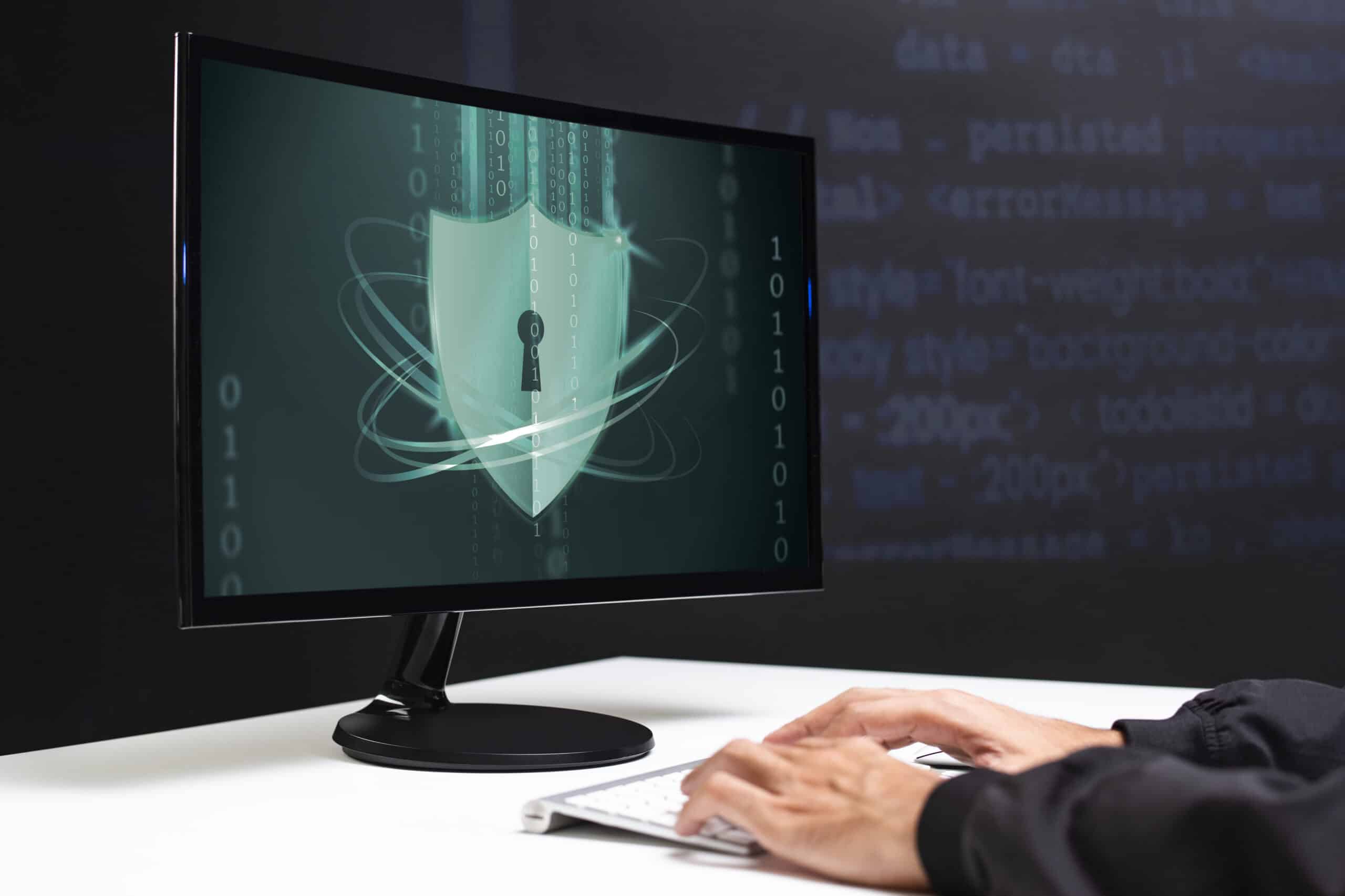There is no point in having a hospital security procedure in place if the staff members are not committed to defend the hospital and adhere to industry standards. The leadership is responsible for both setting an example and assisting in the employees’ training. Thus, besides getting suitable hospital security services, the authorities have to take active steps towards the staffs and other important members of the house to be fair enough towards their job profiles and follow the below points to help the security services do their jobs more efficiently.
1. Safeguard the Mobile Devices-
The electronic medical records (EHRs) can be accessed and used on mobile devices in addition to desktop computers, which is one of the benefits of these records. The idea of letting clinicians access electronic health records (EHRs) on mobile devices like phones and tablets is appealing. However, such gadgets are much more susceptible to being stolen or accessed without permission.
2. Maintain Excellent Cyber Hygiene-
Practicing healthy behaviours is just as important for the health of hospital security as it is for the health of the patients:
- Remove any programs that aren’t necessary.
- Change default configurations
- Wipe data from abandoned devices
Hospital Security System
3. Make Sure You Have Antivirus Software & Keep It Updated-
The use of anti-virus software protects against harmful code that might potentially put hospital networks at risk. Hackers frequently utilize viruses to obtain entry to hospital computer systems, and the nature of these viruses is always changing. Keeping your antivirus software up to date is necessary.
4. Protect Your Data-
In addition to being susceptible to intentional hacking, hospital networks can be compromised by natural catastrophes such as fires, floods, and hurricanes. The data needs to be backed up on a consistent basis, and those backups need to be kept in a safe location. This is the only way to recover from a disaster.
5. Restrict Access to Patient Medical Records & Other Confidential Health Information-
Hospital security services should enable one of the major factors which is to restrict access to everyone in the medical software which belongs to the authorities and hold details of all the knits and bits happening inside including, staff’s data, patient’s info, hospital records, etc.
6. Make Use of Robust Passwords, & Make Sure to Update Them Frequently-
Implement safe and secure best practices for creating passwords, such as:
Make use of a variety of passwords across all your platforms.
- Make frequent changes to your passwords.
- Make use of complex usernames and passwords that are difficult to figure out.
- Implement a system that uses many forms of authentication.
- Users who have forgotten their passwords should be able to reset their passwords to avoid written passwords from being left in unsafe locations.
7. Restriction of Network Access-
The utilization of adaptable networking tools can result in more cost-effective solutions for hospitals. They also make the system more susceptible to attack. Wireless networks could be simple to install, but if encryption is not utilized, they leave themselves open to the possibility of illegal access.
8. Restrict Access to The Building Physically-
The loss of laptops or other data storage devices is a common cause of data breaches in the healthcare industry. These items must be stored in a safe environment, away from the reach of anyone who is not allowed to use them. To reduce the risk of loss, hospital security rules ought to place restrictions on their utilization outside of the facilities.
9. Educate the Personnel-
The employees make up the most vulnerable part of the information security chain. They have a responsibility to understand the correct hospital security protocols as well as the penalties of not following the protocols.
Conduct a test to determine the level of hospital security expertise possessed by your workforce and then devise training programs to address any deficiencies found. In addition, be sure to follow up with additional training to maintain employee engagement with information security.
10. Establish the Data Usage Controls-
Identify potentially sensitive health data with the help of data discovery and categorization tools then use those tools to monitor access and preserve the data. With the help of these usage management solutions, employees will not be able to send it over email, post it to unapproved websites, or transfer that to the storage devices.
Conclusion!
Monitoring the users who use medical data and resources enables the identification of potentially risky behaviours and the development of countermeasures to address those behaviours. Utilize monitoring to generate audit trails, which will make it much simpler to locate unlawful entry points.


